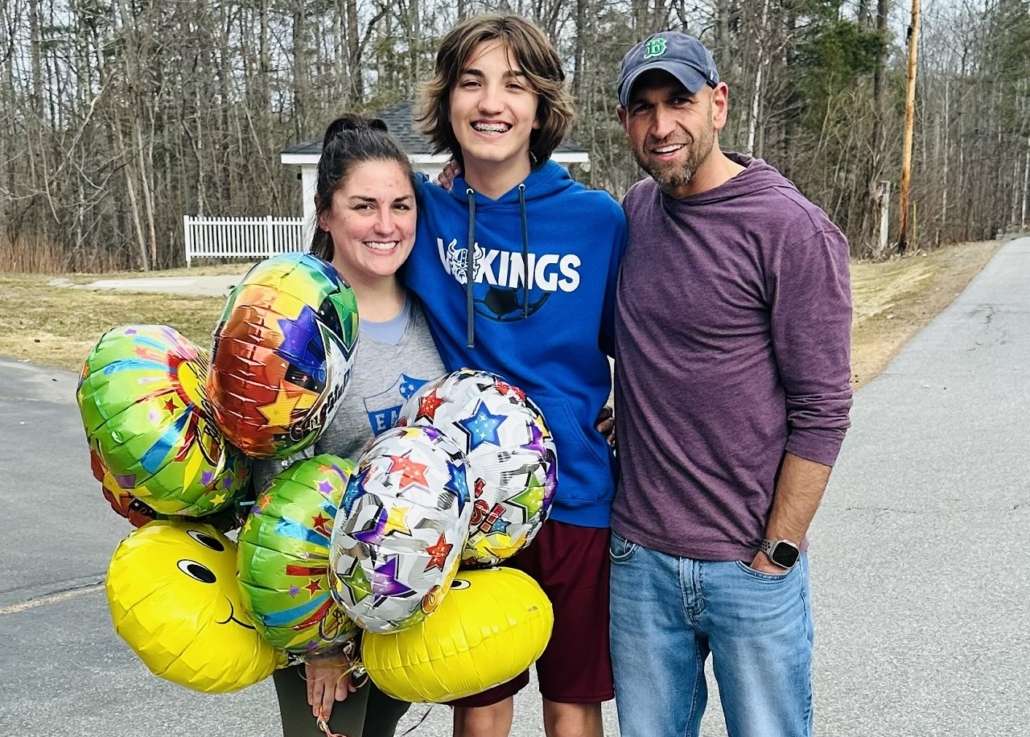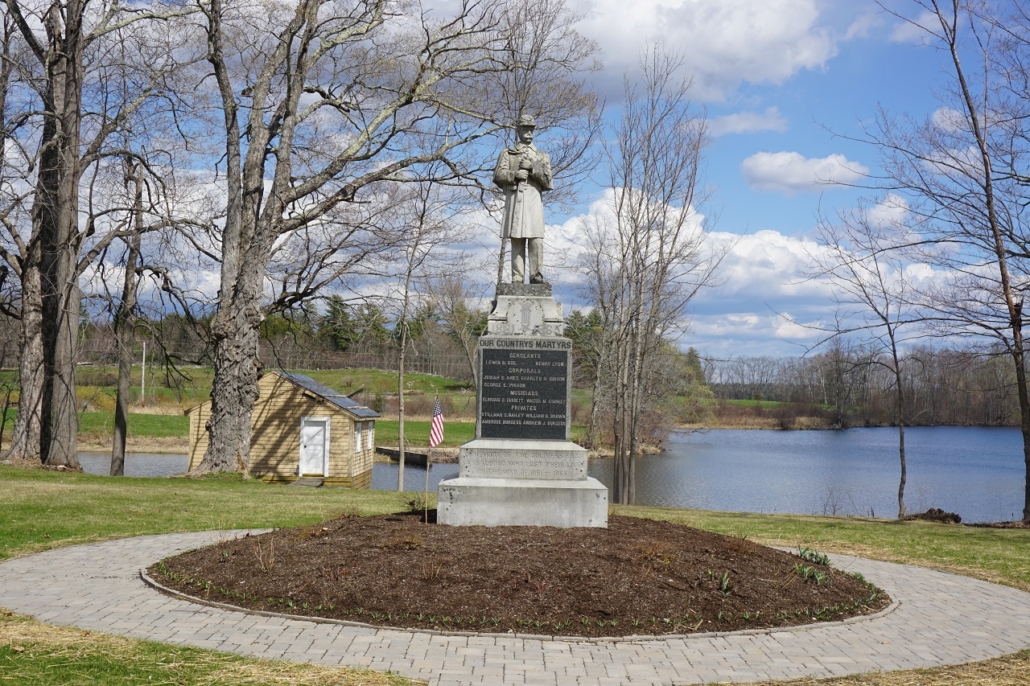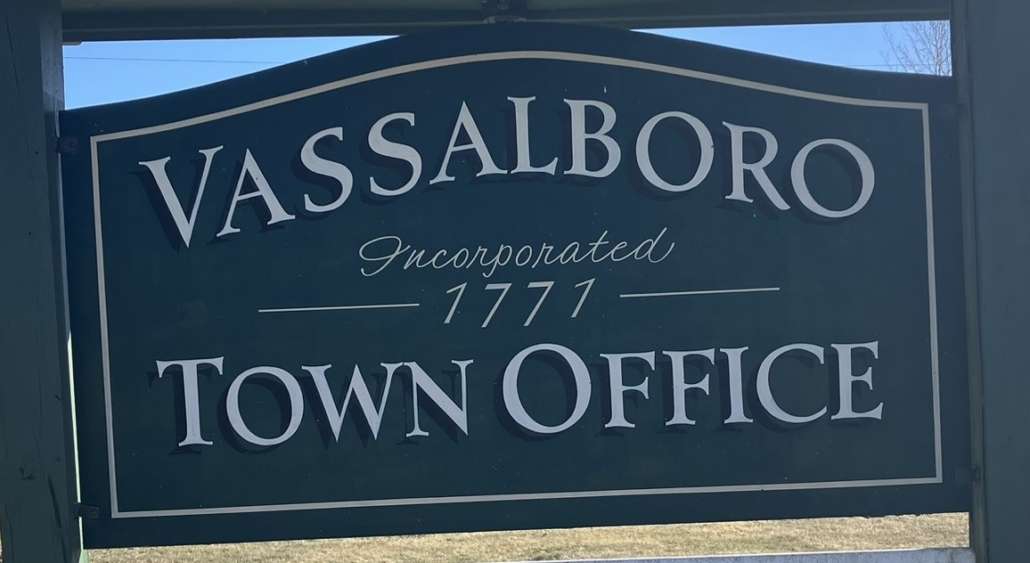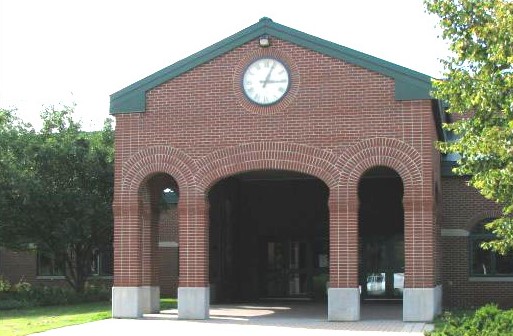Eric Handley elected district scouting chairman
by Chuck Mahaleris
The Kennebec Valley District of Scouting has elected Eric Handley, of Sidney, to serve as District Scouting Chairman and Christopher Santiago, of Vassalboro, was tapped to serve as District Scouting Commissioner. This took place during the annual meeting of the district on Wednesday, January 8, at the Pleasant Street United Methodist Church, in Waterville.
The Kennebec Valley District delivers the programs of Scouting to communities and youth in Kennebec, Lincoln, Knox, Somerset and Franklin counties. The district is one of four in Pine Tree Council which covers the southern and western half of Maine. At the end of 2024, Kennebec Valley District had 22 Scout Troops and 12 Cub Scout Packs made up of 194 Scouts and 232 Cub Scouts. Twelve youth in Kennebec Valley earned Scouting’s highest rank, the Eagle Scout award, in 2024 and 564 Merit Badges were earned by the Scouts.
“I’m happy to serve Kennebec Valley Scouting,” Handley said. “My approach will always be to place the Scouts first.” Handley, in his role as District chairman, will preside at district committee meetings and represent the district on the council executive board. He will oversee all subcommittees that help deliver and grow Scouting including membership, program (events/ training/ advancement/ camping), and fund development functions (including popcorn sales and Friends of Scouting). Handley, who is the Point of Sale IT manager for Aubuchon Company, had been serving as the District Commissioner prior to the annual meeting.
He began his Scouting career in 1972 when he joined Cub Scouts, in Gorham, New Hampshire, and followed that as a Scout, in Windsor, Vermont Troop #218. “My son Jared asked to join Cub Scouts as a Tiger the Spring of 2006. I became the Cub Master of Pack #401 in Spring of 2007, in Sidney, and stayed with the Pack until May 2018 when I became Scoutmaster of Troop #401,” Handley said. Handley has also served as a Unit Commissioner, on the Advancement Committee, Roundtable Commissioner, Camp Bomazeen Staff, and on the Kennebec Valley District Band. Handley said that his goals are to increase the visibility of Scouting in the local community and to increase membership by providing excellent programs to the youth in the district.
Santiago, who is the Director of Safety and Security, at Thomas College, in Waterville, said, ” I am truly honored and blessed to be nominated by my peers to this position of leadership within Scouting America. I will continue to develop scouts and their leadership skills, with a focus on living the Scout Oath and Scout Law; and I will work diligently to provide leadership and mentorship to my peers so that they may do the same.” He has been involved in Scouting since his son joined Cub Scouts, in Vassalboro Pack #410, serving as Den Leader and then Cubmaster. This was followed by Assistant Scoutmaster in Troop #410 when his son crossed over to the Scouts. He is still serving as Scoutmaster of Troop #410. At the same time, he has also served on and is still currently serving Scouting on the District Committee, as the District Duty to God Coordinator, as a Unit Commissioner and as the District Training co-chairman. The district commissioner leads the commissioner staff of the district, guiding and measuring the district’s unit service program. The Roundtable Commissioner also is part of the District Commissioner’s team. Santiago said his goals as District Commissioner are to provide quality support to Scouters, while ensuring that all units (Packs and Troops) within the district are delivering an excellent scouting program and experience.
The District Committee also selected Jamie Santiago, of Vassalboro, to serve as District Vice Chairman of Finance and Joseph Poulin, of Oakland, to serve as District vice chairman of Program. The position of District Vice Chair for Membership is currently vacant.
These elections took effect immediately following the close of the annual meeting.


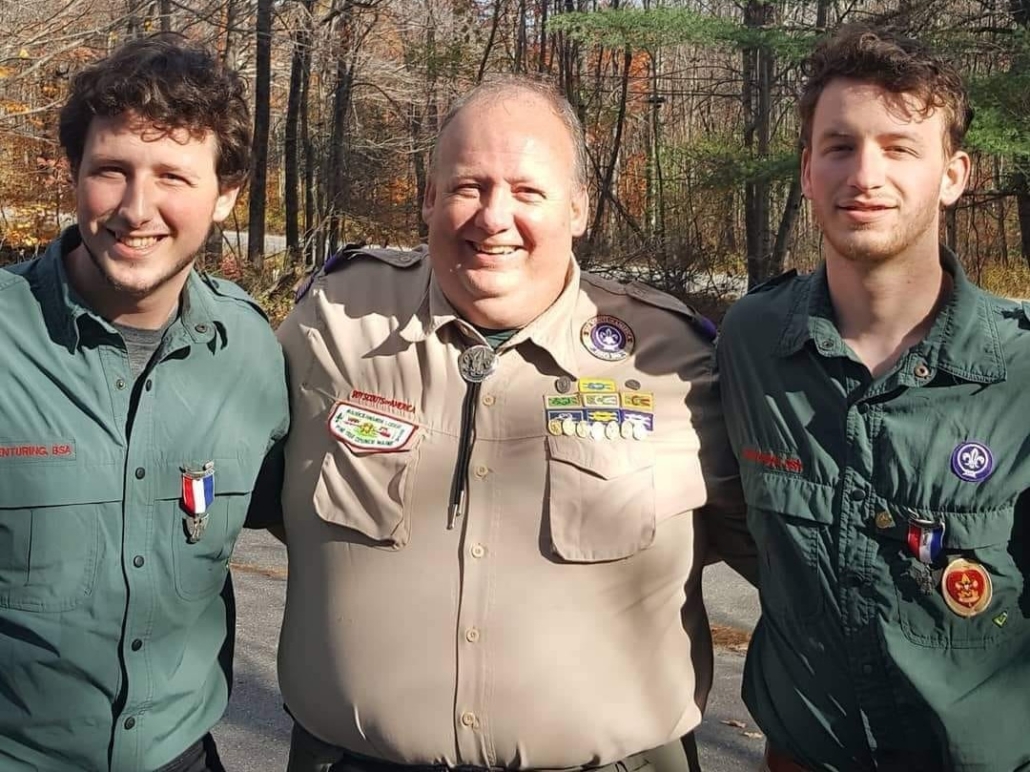
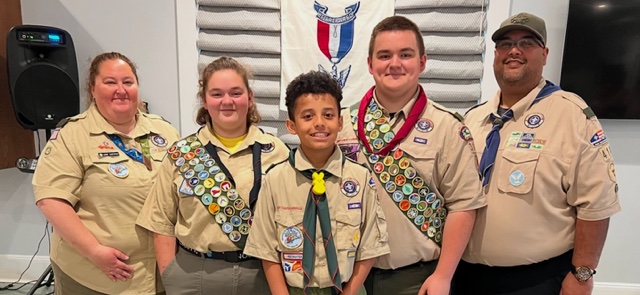
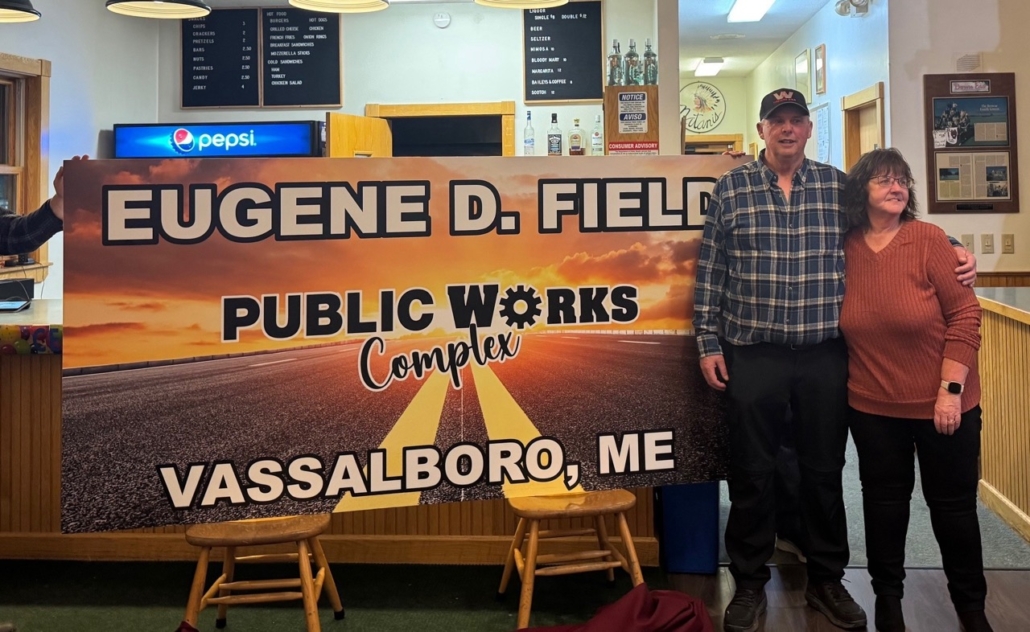

 Sophia Labbe, a Lasell University student, from Vassalboro, was named to the dean’s list for their academic performance in the Fall 2024 semester, in Newton, Massachusetts.
Sophia Labbe, a Lasell University student, from Vassalboro, was named to the dean’s list for their academic performance in the Fall 2024 semester, in Newton, Massachusetts.